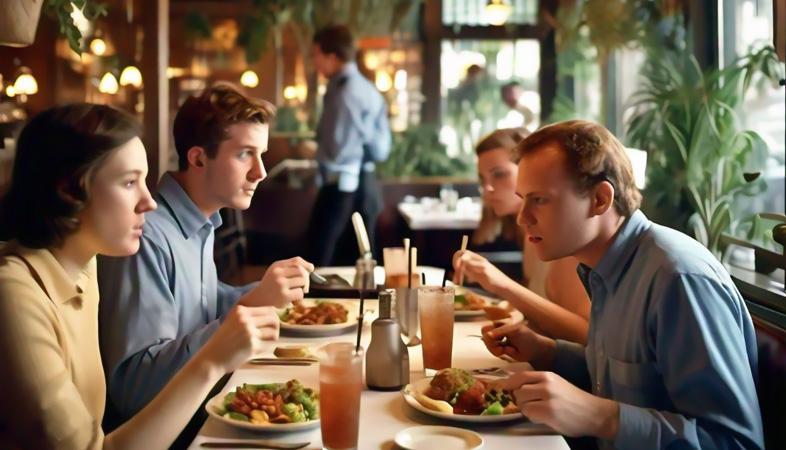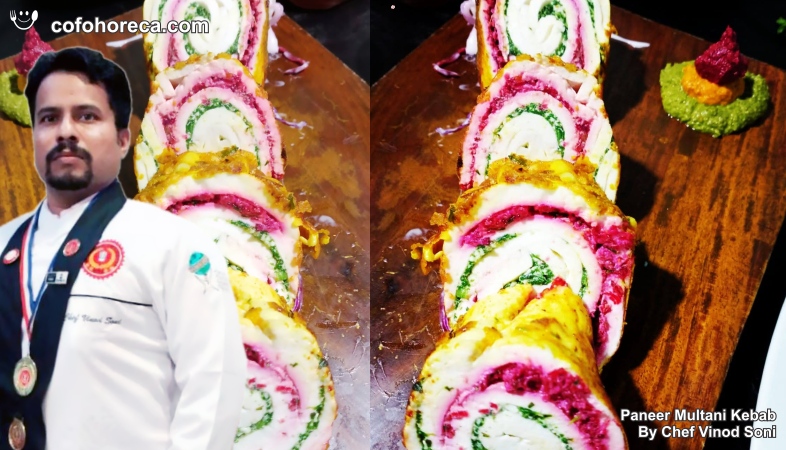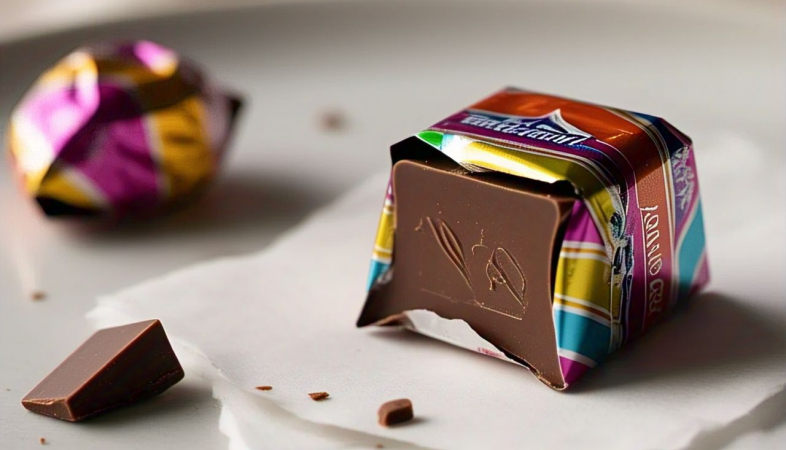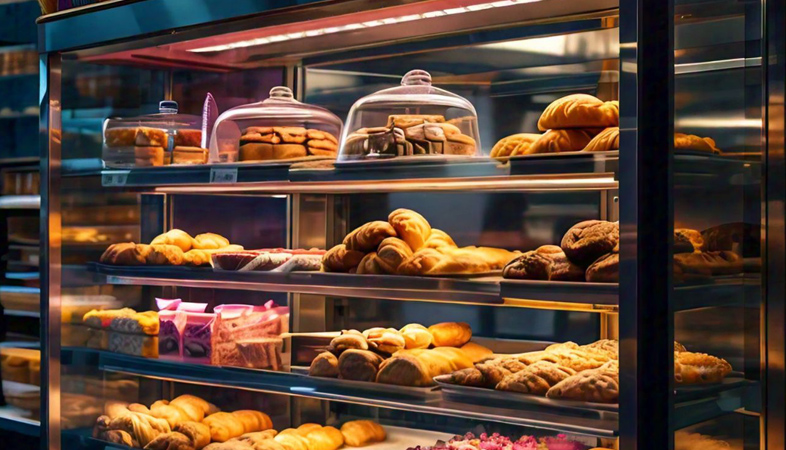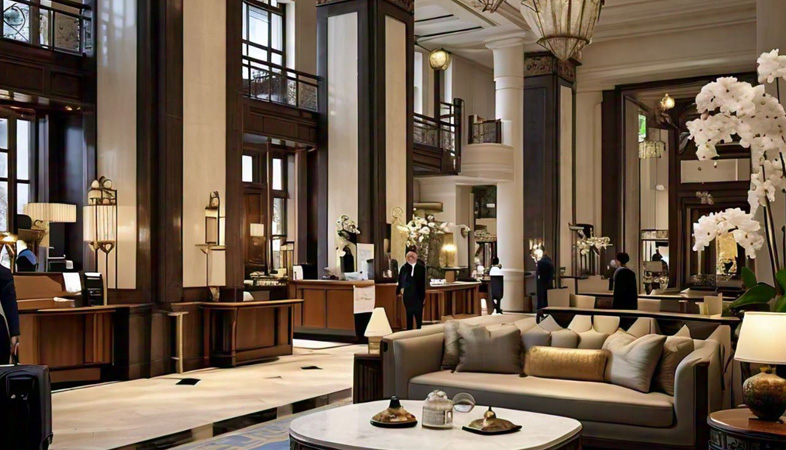SHARE
Commercials
More Posts
Jan 07, 2025
Paneer Multani Kebab - By Chef Vinod Soni
Feb 11, 2025
Himachali Chana Madra - By Chef Reetu Uday Kugaji
Feb 07, 2025
Cabinet Pudding - By Chef Indrajit
May 02, 2025
Breakfast Catering: Beyond Coffee and Croissants
May 24, 2025
The Ultimate Guide to Catering for Parties
Jan 07, 2025
Paneer Multani Kebab - By Chef Vinod Soni
Feb 11, 2025
Himachali Chana Madra - By Chef Reetu Uday Kugaji
Feb 07, 2025
Cabinet Pudding - By Chef Indrajit
May 02, 2025
Breakfast Catering: Beyond Coffee and Croissants
May 24, 2025
The Ultimate Guide to Catering for Parties
Jan 07, 2025
.png)





